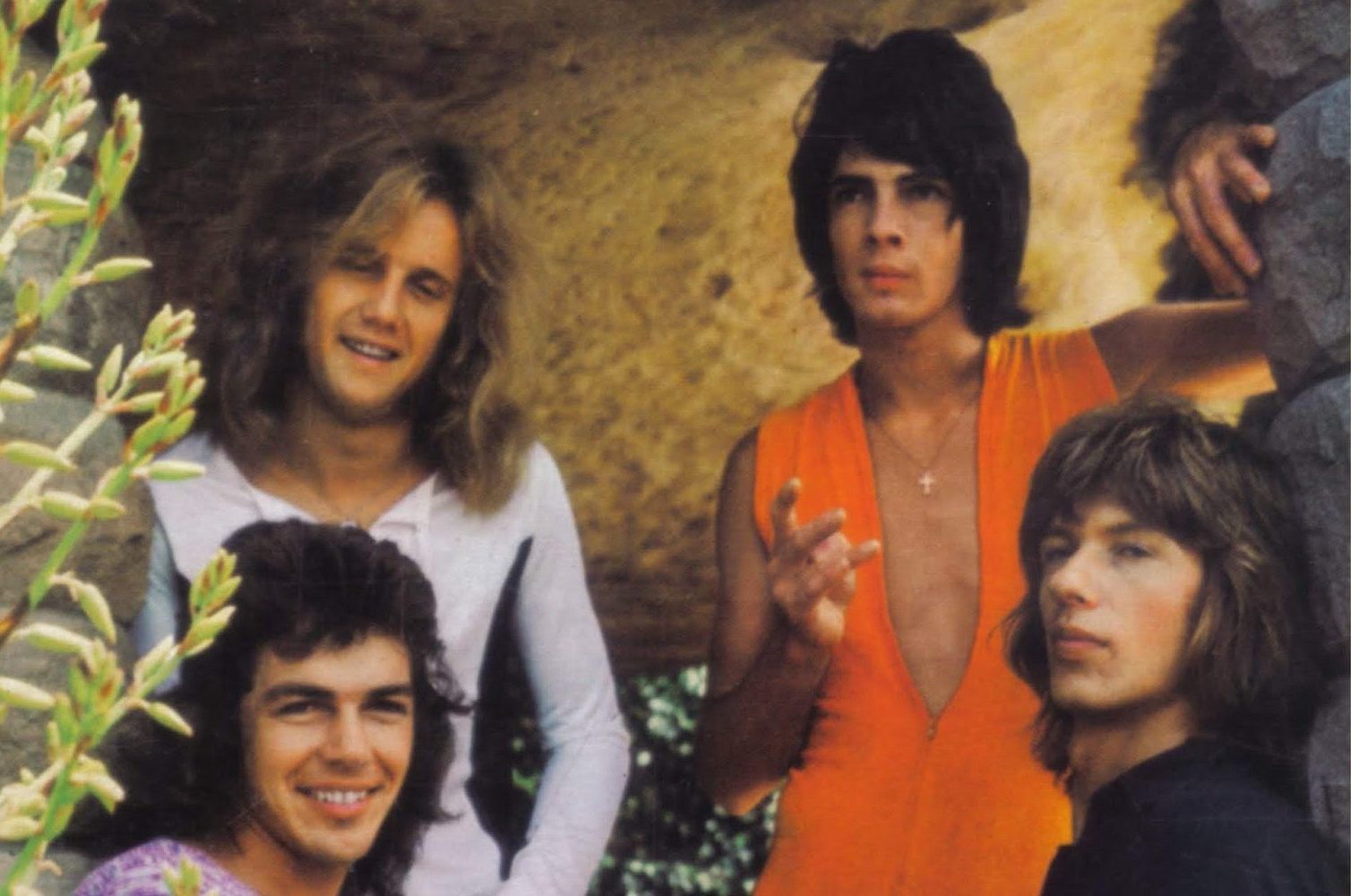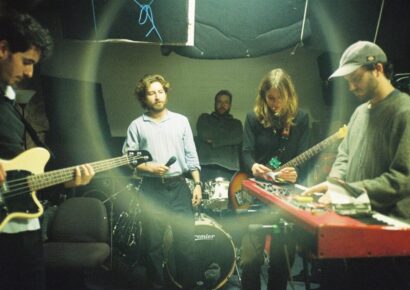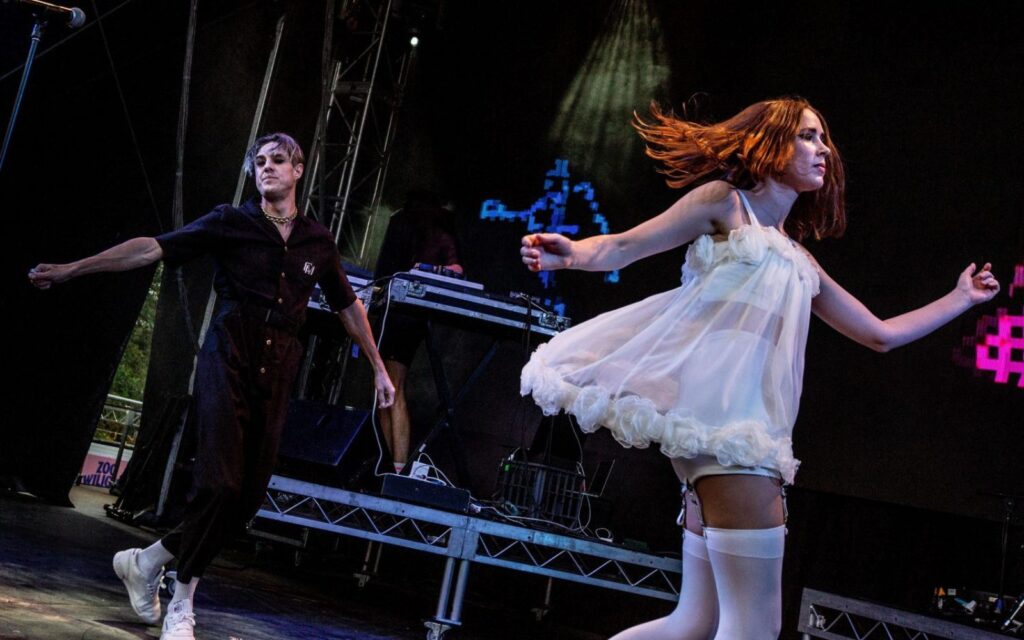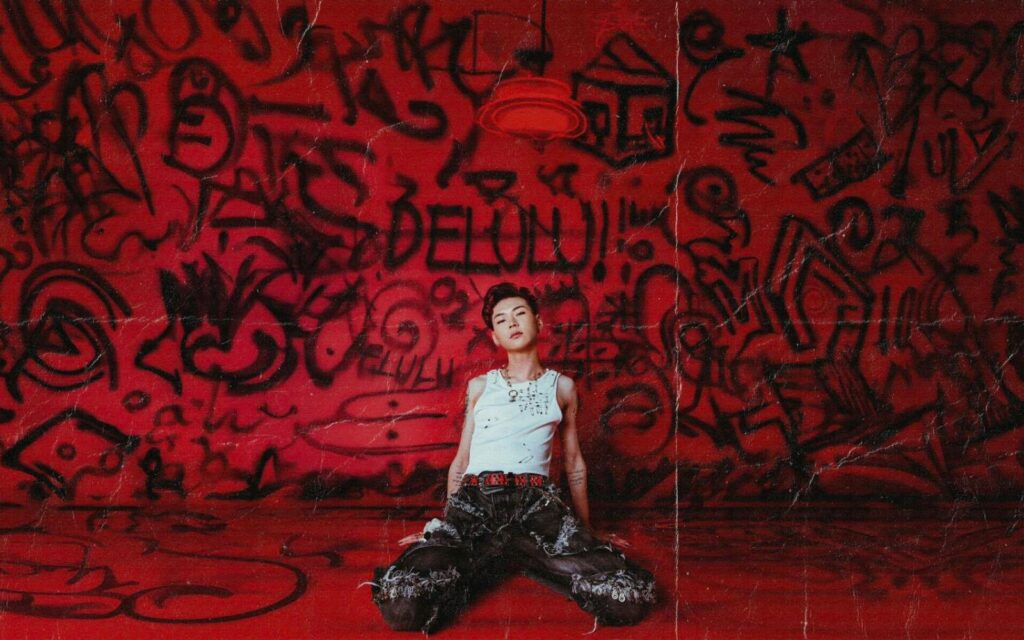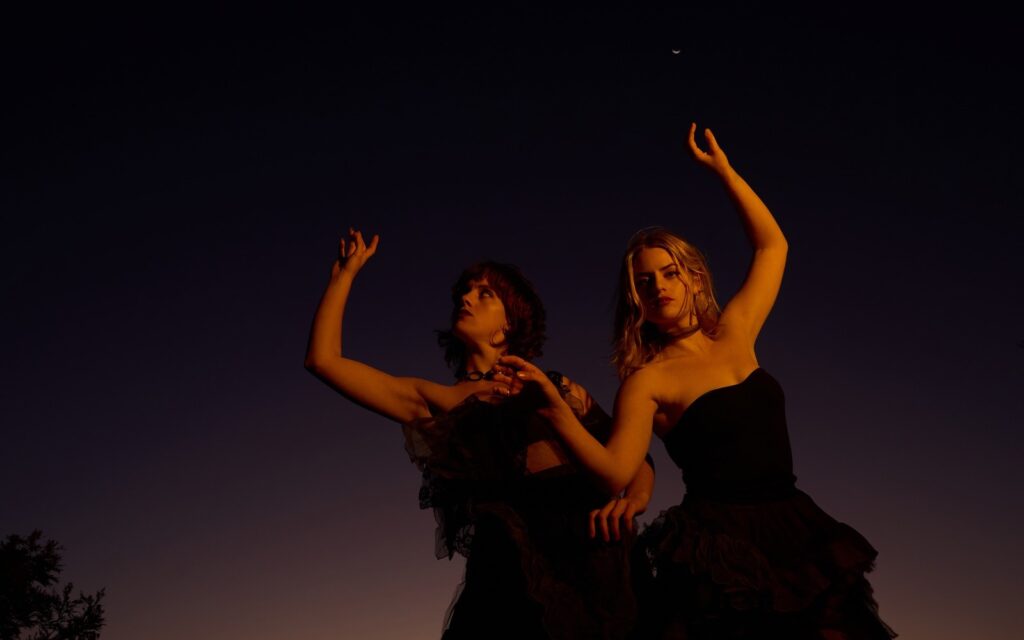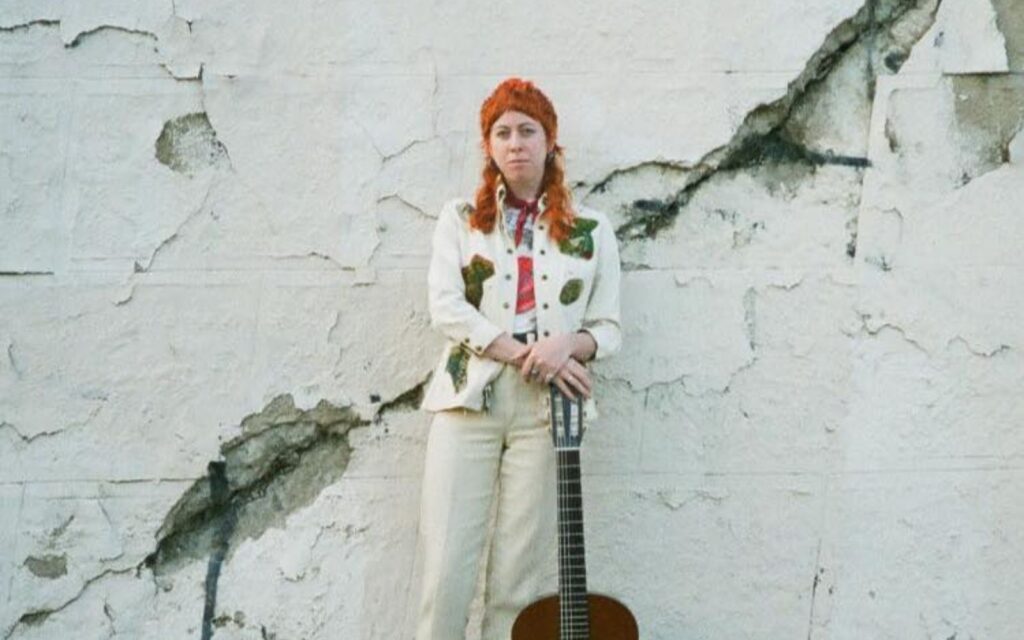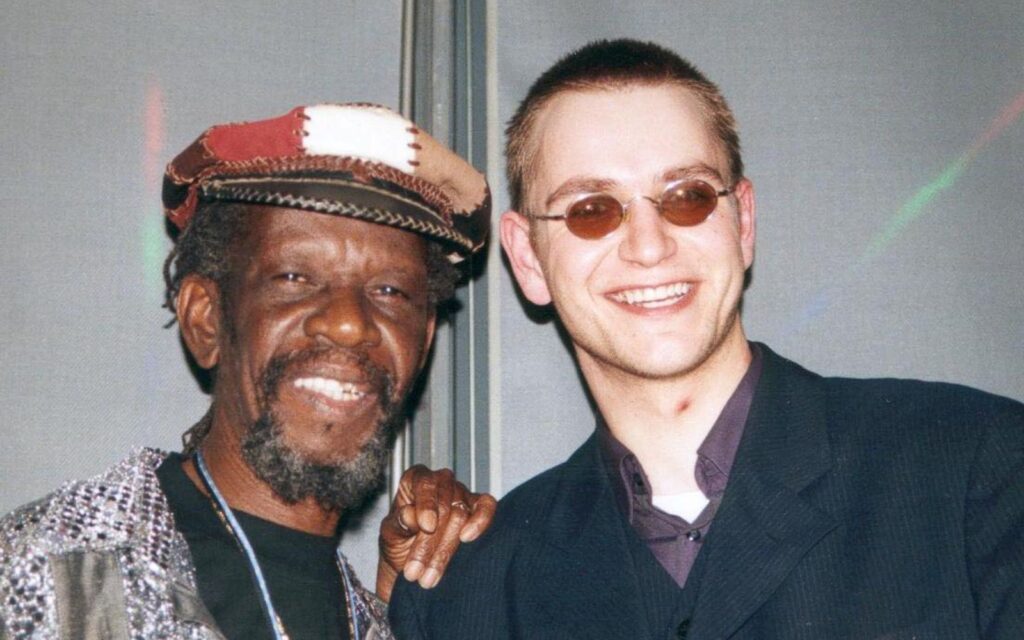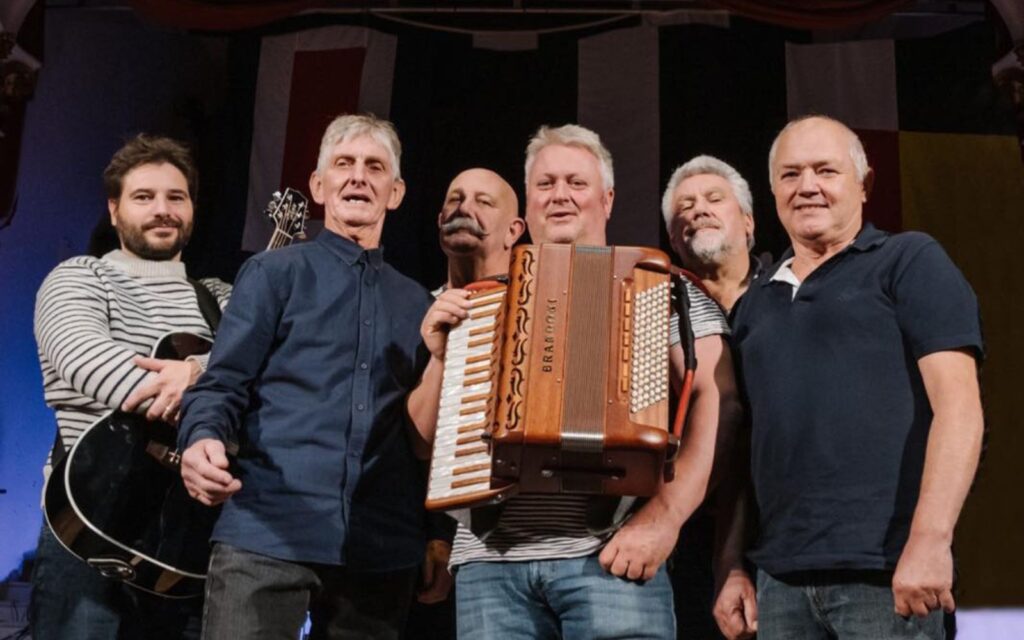"The era of the 70s, you wouldn't have had Dave Graney & The Coral Snakes, The Blackeyed Susans, Cosmic Psychos or any of these bands coming to St Kilda if it was a nice place to be."
We shuffle over to the 60s, 70s and 80s in part four of our look at the history of live music in St Kilda, joined again by our historical guide Simon Myers, co-venue manager of Memo Music Hall.
For many, this period spawned a sound that is iconically Australian and affectionately referred to as pub rock, but as Simon explained, pubs had little to do with it in St Kilda. “It just wasn’t in pubs, The Crystal Ballroom, which was THE spot, was a venue. Specifically for music.”
St Kilda became a destination for young bands like Zoot, The Masters Apprentices, and eventually, Hunters & Collectors, influencing and forming the “Aussie rock” sound. Around this same time, the British invasion and the Beatles Australian tour also injected some Mod culture into the scene. “There was an English influence,” explains Myers. “In the 70s and 80s, there was a rebellion against the establishment. Over in the UK, things were pretty similar, so there was a reaction from young people at that stage. St Kilda was essentially a village at that point; you could literally be rehearsing, playing and partying all within a block.”
Red light entertainment thrives in the 60s and 70s
Low rent, commission housing, and venues like The Ritz, The George and Whisky A Go Go (which was rumoured to feature satanic rituals) started to give St Kilda a certain reputation as the 60s progressed. The Wintergarden Room of the George became an alternative spot with a burgeoning queer scene, strip shows at The Ritz featuring Vanessa the Undresser, and burlesque like Alexandra the Great 48.
“Monday night was Pennies, Sunday was Pokies Drag Show, and there was a freedom for people in the area because the establishment didn’t want to go anywhere near the place. I had a girlfriend who lived in Glen Waverly, and her father wouldn’t drop her to St Kilda! However, it wasn’t unsafe at all. You could walk down Fitzroy or Acland Street at any time, and it was fine, in fact, it was very exciting.”
The rise of The Espy
“In the late-70s, early 80s, the bands that were coming from that era were classic Australian bands, and that is when The Espy became THE Espy; they had bands every night, and classic bands come from there. If you wanted to see something, that was where you would go and see it, and the front bar was free. In my opinion, the front bar was more of the spot than the Gershwin Room.”
Punk rock found at new home at the Espy, where bands like Dead Livers would park an ambulance out the front of the venue with their name on it to draw in the crowds. It would work, and the venue would be packed with punters keen to listen to them sing songs about living in St Kilda. The crowd would feature a melting pot of people, with a constant flow of St Kilda tourists keen to see what all the fuss was about.
Around this time, the Espy was also home to a regular rotation of cover bands on Sundays. They would play to the same punk-show audience who were back at the venue for recovery on a Sunday, for the famous Espy $5 Smorgasbord All-You-Can-Eat.
Forming a unique culture
I pose a question to Myers during our chat to try and determine why St Kilda was such a unique beast during this timeframe. Did the location and the people form the music, or did the music create the culture of St Kilda?
“If it wasn’t for the music, St Kilda would have been more like Bondi, possibly? St Kilda had an unspoken musical ethos to make things as good as possible, as contemporary as possible and probably as meaningful as possible.”
Untouched by the desires of a mainstream Australian audience, the bands, venues and people of St Kilda throughout the 60s, 70s, and 80s, were committed to staying unique and continually in search of something different. Little did they know at the time, this would be the perfect recipe for ensuring St Kilda’s iconic musical legacy.
To find out more information about the St Kilda Live Music Precinct, head to the website here.
This article was made in partnership with City of Port Phillip.
